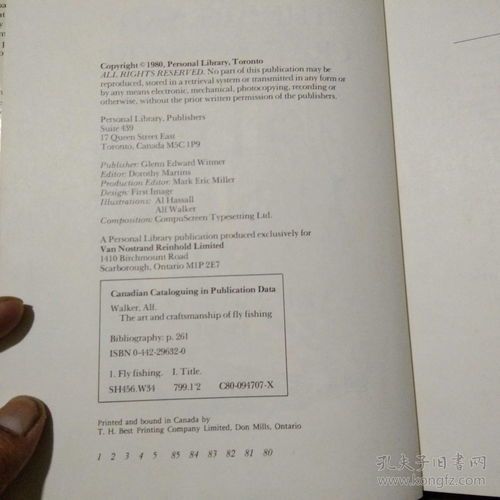
Content:
Deep water fishing can be an exhilarating and rewarding experience for anglers. However, it requires a different set of skills and techniques compared to fishing in shallow waters. One of the most important tools in deep water fishing is the floating fishing rod, or “float,” which allows anglers to detect subtle movements of the fish. In this article, we will discuss the essential techniques for pushing a float in deep water and maximizing your chances of catching fish.
Choosing the Right Equipment
Before diving into the techniques, it's crucial to select the appropriate equipment for deep water fishing. Here are some key factors to consider:
a. Floating Fishing Rod: Choose a rod with a suitable length and action for deep water fishing. A longer rod (usually between 7 to 10 feet) provides better casting distance and sensitivity.
b. Line: Use a monofilament line with a high breaking strength, such as 10 to 20 pounds. This will ensure that your line can withstand the pressure of deep water and heavy fish.
c. Leader: Attach a leader to your main line, which is a shorter, lighter line that connects to the hook. The leader should be about 1 to 2 feet long and made of the same material as your main line.
d. Hook: Select a suitable hook size and style based on the type of fish you're targeting. For example, if you're fishing for largemouth bass, use a 4/0 to 6/0 wide-gap hook.
e. Float: Choose a float that is large enough to hold the weight of your bait and keep it at the desired depth. The float should also be buoyant enough to rise slightly when a fish takes the bait.
Attaching the Float
Properly attaching the float to your line is crucial for successful deep water fishing. Here's how to do it:
a. Slide the float onto the main line, ensuring that it is positioned above the leader.
b. Attach a snap swivel to the end of the leader, and then thread the hook through the swivel.
c. Tie a loop knot at the end of the leader, leaving enough room to attach the float.
d. Thread the loop knot through the eye of the float and secure it with a simple overhand knot.
Adjusting the Depth
One of the most critical aspects of deep water fishing is adjusting the depth at which your bait is presented to the fish. Here's how to do it:
a. Start by casting your line out into the water and allowing it to sink to the desired depth. The depth will depend on the species of fish you're targeting and the water conditions.
b. Observe the float as it sinks. If it is sinking too quickly, you may need to add more weight to your line. Conversely, if it is sinking too slowly, remove some weight.
c. Once the float has reached the desired depth, tie a sinker to the end of the leader. The sinker should be heavy enough to hold the float in place but not so heavy that it pulls the float under the water.
d. Adjust the float by sliding it up or down the leader to change the depth. Keep in mind that the more distance between the float and the hook, the deeper the bait will be.
Presenting the Bait
Once your bait is at the desired depth, it's time to present it to the fish. Here are some tips for successful presentations:
a. Cast your line out and allow the bait to sink to the bottom.
b. Once the bait has reached the bottom, reel in gently to lift it off the bottom and present it to the fish.
c. Keep the line tight but not too tight, as this can spook the fish.
d. If you don't get a bite, try changing your retrieve technique, such as varying the speed or using a slower presentation.
Detecting Bites
Detecting bites in deep water can be challenging, but with practice, you'll become more skilled at it. Here are some tips for identifying bites:
a. Pay close attention to the float. If it starts to move, dip, or suddenly disappear under the water, it's likely a fish has taken the bait.
b. Feel for any changes in the tension on your line. A subtle tug or pull could indicate a fish is trying to take your bait.
c. If you're using a baitfish, such as a minnow, watch for any erratic movements in the water. This could be a sign that a fish is striking at the bait.
In conclusion, mastering the art of deep water floating fishing requires selecting the right equipment, attaching the float properly, adjusting the depth, presenting the bait effectively, and detecting bites. By following these essential techniques, you'll increase your chances of success and enjoy a thrilling fishing experience. Happy fishing!












